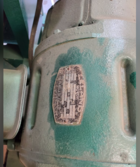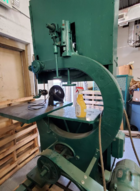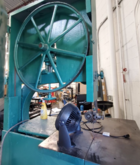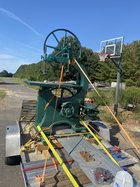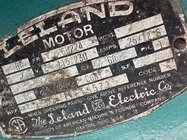I don't think this bandsaw has enough room from the table to the raised blade guide. Probably only 16". As modified it has even less. I currently have a 14" band saw with an extension giving me 12" from table to raised guide.
The ad: "Vintage 36" Crescent Band Saw, Very good condition, does run, I have two blades. This is a very big saw. This is not a tilt saw. I've only seen three of these ever. Someone built an enclosure around it, but you can remove. Again beautiful condition. Pickup will need to be coordinated, I do not have access to a forklift. Patent was 1906 on this machine 220v two phase. "
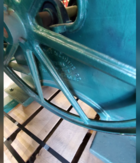
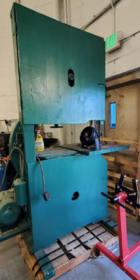
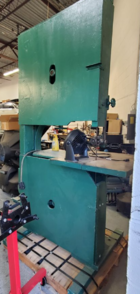
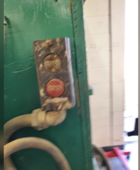
The ad: "Vintage 36" Crescent Band Saw, Very good condition, does run, I have two blades. This is a very big saw. This is not a tilt saw. I've only seen three of these ever. Someone built an enclosure around it, but you can remove. Again beautiful condition. Pickup will need to be coordinated, I do not have access to a forklift. Patent was 1906 on this machine 220v two phase. "





